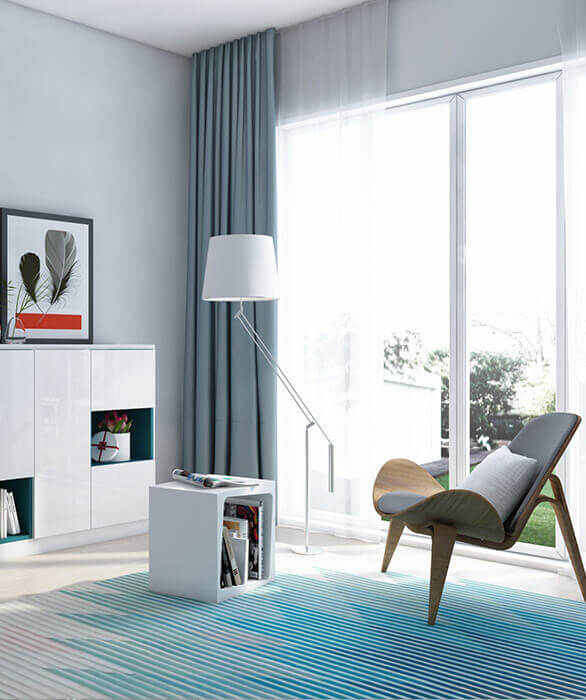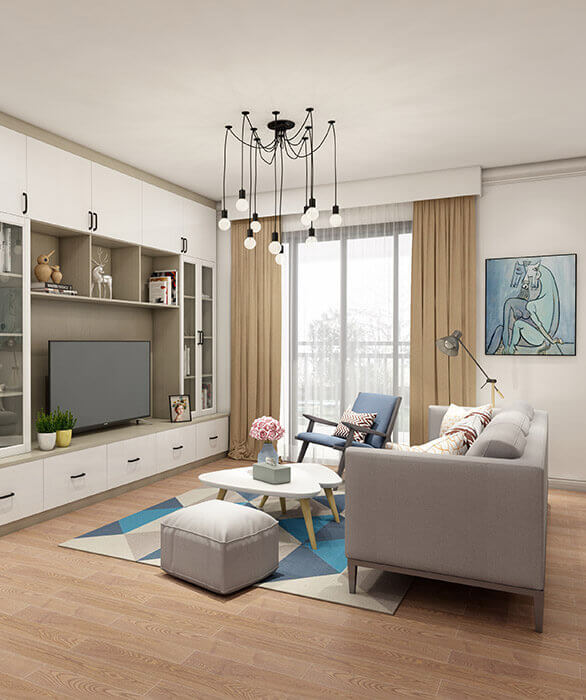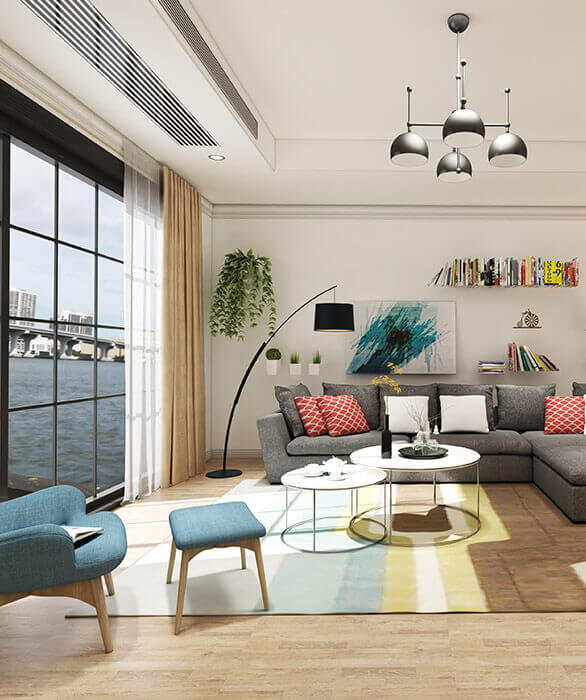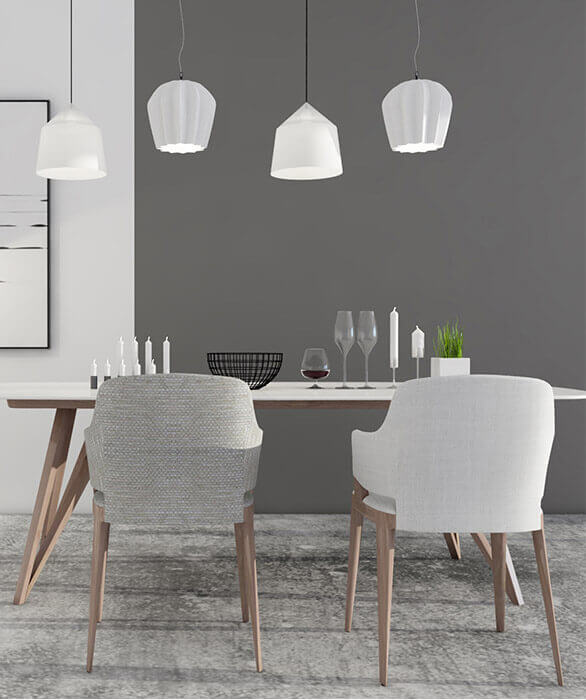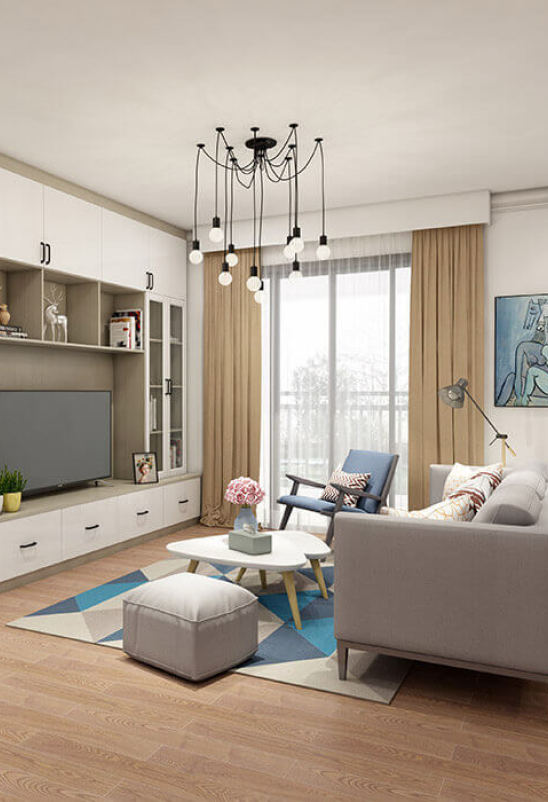Introduction:
Achieving harmony in interior design is a vital aspect of creating a space that feels balanced, cohesive, and inviting. Harmony ensures that all elements within a room work together seamlessly, providing a sense of peace and unity. In this blog post, we will explore practical tips for achieving harmony in interior design, focusing on color, texture, pattern, shape, and proportion. Let's dive into the nuances that can transform any room into a harmonious haven.
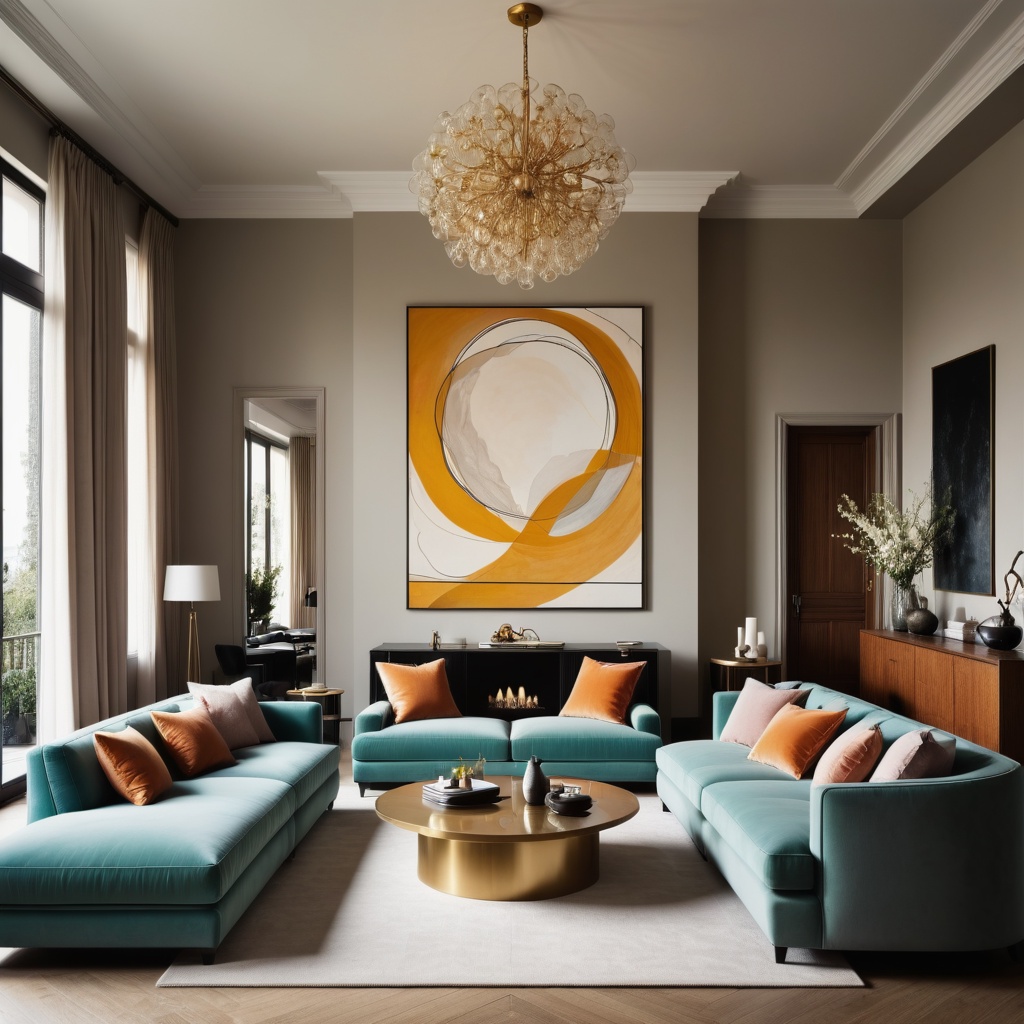
Understanding the Elements of Harmony in Interior Design
The Role of Color
Color is perhaps the most influential element in achieving harmony in interior design. It sets the mood, influences perception, and can significantly impact how a space feels.
How to Choose a Color Palette
Selecting a color palette that exudes harmony involves considering the psychological effects of colors. Soft, neutral tones often create a serene atmosphere, while bolder colors can introduce energy and excitement. The key is to strike a balance and ensure that the chosen colors complement each other.
Using Color to Create Flow
To create a harmonious flow, choose a dominant color and then use complementary shades to build continuity throughout the space. For instance, if your living room features a dominant shade of blue, extending this palette to adjacent areas with varying hues and tints can create a unified look.
The Importance of Texture
Texture adds depth and interest to a space, preventing it from feeling flat or sterile. It plays a crucial role in achieving harmony by introducing variety while ensuring that elements work together cohesively.
Mixing Different Textures for Depth
Combining different textures—such as smooth, glossy surfaces with rough, matte finishes—can add richness and dimension to a room. The trick is to balance textures so that no single element overwhelms the space.
Balancing Smooth and Rough Surfaces
A harmonious interior often features a strategic mix of smooth and rough textures. For instance, pairing a sleek, leather sofa with a chunky, knitted throw can create a visually appealing contrast that enhances the room's overall harmony.
Techniques for Achieving Harmony
Proportion and Scale
Proportion and scale are fundamental principles in interior design that ensure all elements within a space relate to each other in a balanced manner.
Ensuring Furniture and Decor are in Proportion
To achieve harmony, it is essential to choose furniture and decor items that are proportionate to the size of the room. Oversized furniture in a small room can make the space feel cramped, while tiny pieces in a large room may look lost and awkward.
Using Scale to Create Balance
Scale refers to the size of an object in relation to other objects within the space. By varying the scale of furnishings and decor, you can create visual interest while maintaining harmony. For instance, pairing a large sofa with smaller side tables can balance the overall look.
Patterns and Shapes
Patterns and shapes contribute significantly to the aesthetic and harmony of a room. When used thoughtfully, they can add dynamic interest without overwhelming the space.
Combining Patterns Without Clutter
When mixing patterns, it's essential to stick to a cohesive color scheme and vary the scale of patterns. For example, combining a large floral print with a smaller geometric pattern can create a harmonious and balanced look.
The Impact of Shapes on Harmony
Shapes play a pivotal role in achieving harmony. Curved lines and organic shapes can soften a space, while angular lines and geometric shapes can add structure and formality. Balancing these elements can result in a harmonious design.
Practical Tips for a Harmonious Space
Unity and Contrast
Unity and contrast might seem like opposing concepts, but they work hand-in-hand to create a harmonious interior.
How to Maintain Unity in Design
Unity involves ensuring that all elements within a space are consistent and cohesive. This can be achieved through a unified color palette, consistent material choices, and complementary furniture styles.
Introducing Contrast to Enhance Harmony
Introducing contrast adds visual interest and prevents a space from feeling monotonous. This can be done through contrasting colors, textures, and shapes. For instance, a dark wood coffee table against a light-colored rug can create a striking yet harmonious contrast.
The Power of Symmetry
Symmetry brings a sense of order and balance to a space, making it feel more harmonious and pleasing to the eye.
Creating Symmetry with Furniture Placement
Symmetry can be achieved by arranging furniture in a balanced manner. For instance, placing two identical chairs on either side of a sofa can create a symmetrical and harmonious layout.
Using Symmetry to Guide the Eye
Symmetry naturally guides the eye and can be used to highlight focal points within a room. For example, symmetrical arrangements around a fireplace or a central artwork can draw attention and create a harmonious focal point.
Case Study: A Harmonious Modern Living Room
Choosing the Right Furniture
Selecting the right furniture is crucial for achieving a harmonious living room. The key is to choose pieces that complement each other in terms of style, color, and proportion.
Selecting Pieces that Complement Each Other
In a harmonious modern living room, furniture should not only be functional but also aesthetically pleasing. Opt for pieces that share similar design elements, such as clean lines or matching materials, to create a cohesive look.
The Role of Multifunctional Furniture
Multifunctional furniture can significantly contribute to harmony in interior design by maximizing space and reducing clutter. Pieces like storage ottomans or sofa beds can serve multiple purposes, ensuring a streamlined and harmonious space.
Accessorizing for Harmony
Accessories play a vital role in tying a room together and enhancing its overall harmony.
Choosing the Right Decor Items
When selecting decor items, consider how they complement the existing design elements. Accessories should echo the room's color palette, texture, and style to maintain harmony.
Balancing Accessories with the Overall Design
It's essential to strike a balance when accessorizing. Too many items can create clutter, while too few can make the space feel sparse. Aim for a balanced approach where each accessory adds to the harmony of the room without overwhelming it.
Streamlining the Design Process with AiHouse
Using AiHouse for a Harmonious Design
Designing a harmonious space can be a complex process, but tools like AiHouse can simplify it. AiHouse streamlines the entire design process. Convert 2D floor plans to 3D easily and access millions of models and customizable templates in diverse styles. Experience the power of AI automation as AiHouse handles processes like paving, size adaptation, and utility setup. Delight your clients by demonstrating the instant transformation of their home with different color and material combinations.
AI Automation for Efficiency
AI automation can significantly enhance efficiency in the design process. AiHouse's ability to handle tasks like size adaptation and utility setup ensures that every element within the design is perfectly balanced and harmonious. This not only saves time but also ensures a high level of accuracy and detail in the final design.
Conclusion:
Creating harmony in interior design is essential for a space that feels balanced and cohesive. By paying attention to elements such as color, texture, proportion, and symmetry, you can achieve a harmonious space that is both functional and aesthetically pleasing. Tools like AiHouse can streamline the design process, making it easier to visualize and implement harmonious designs.
FAQ:
Q1: What is harmony in interior design?
Harmony in interior design refers to the arrangement of elements in a space to create a balanced, cohesive, and aesthetically pleasing environment. It involves the thoughtful integration of color, texture, pattern, shape, and proportion.
Q2: How can I achieve harmony in a small room?
To achieve harmony in a small room, focus on a cohesive color palette, use multi-functional furniture, incorporate mirrors to reflect light and create the illusion of space, and avoid clutter by choosing essential decor items.
Q3: What tools can help me design a harmonious space?
Tools like AiHouse can significantly aid in designing a harmonious space. AiHouse allows you to convert 2D floor plans to 3D, access millions of models and customizable templates, and utilize AI automation for processes like paving, size adaptation, and utility setup.




